| 1 | Hispaniola ground boa |
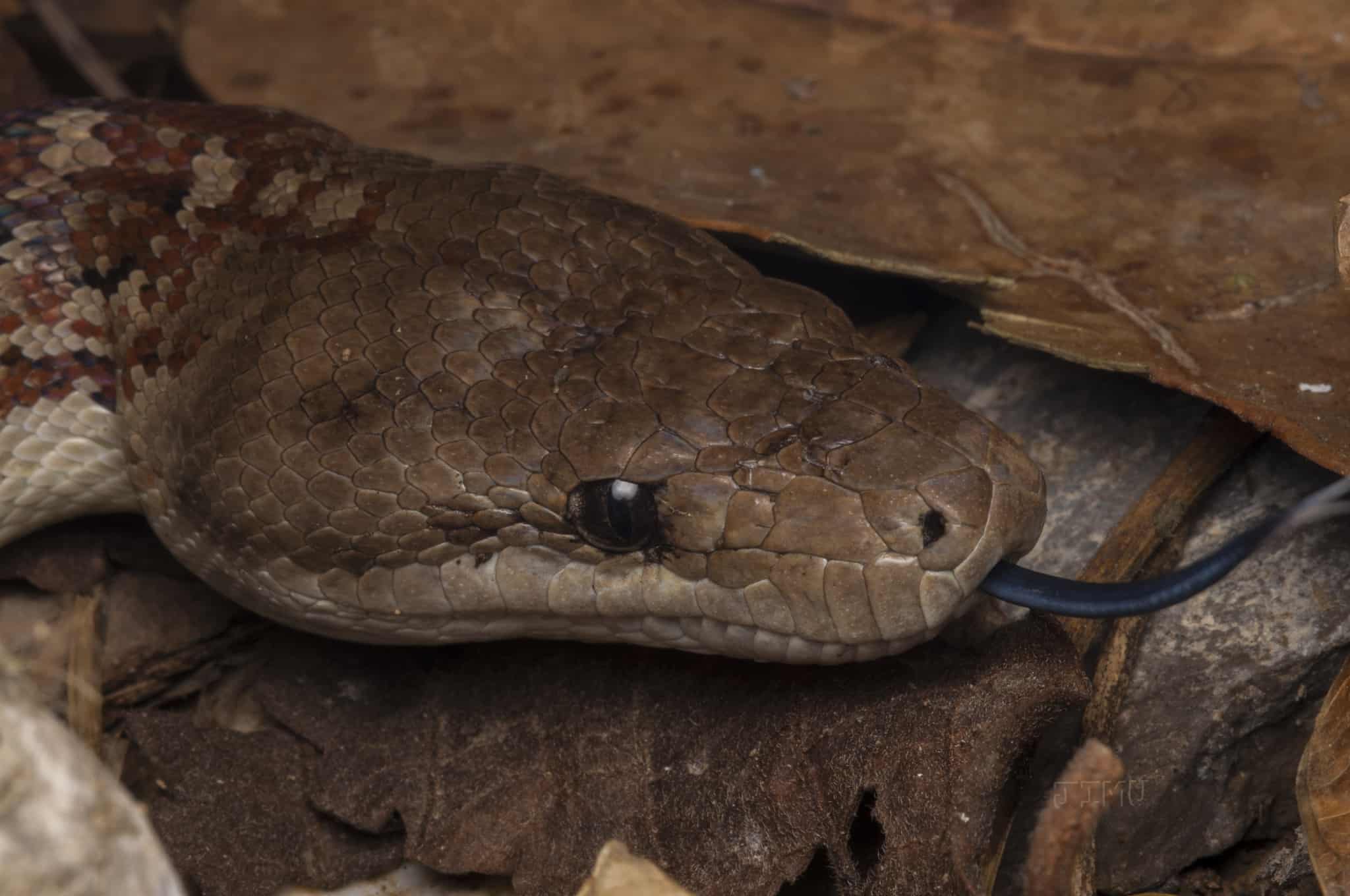
Length: 1.8 metres.
The common boa of Hispaniola, the island divided between Haiti and the Dominican republic. Chilabothrus striatus hangs out in forests both sparse and dense. They’re mainly a tree dweller, but can be found in limestone areas, bird nests, slithering through undergrowth, in rotting logs, and even the straw roofing of houses.
This boa climbs extremely high, reaching branches 5 to 20 metres off the ground. This is a nocturnal snake, and night-time is when most locals encounter them. Chilabothrus striatus is plentiful on the Dominican side, but may be retreating in Haiti where deforestation is rife.
Hispaniola ground boas almost entirely eat mice and rats. A study on adults discovered a diet of 2.1% reptiles, 5.2% birds, and 92.7% mammals. Before colonisation, they ate extinct native mammals such as Hispaniola edible rats and montane hutias. Slowly, these mammals were wiped out by civilisation, but the Hispaniola boa didn’t go with them – it effortlessly transitioned to introduced mice and rats instead, including the unbelievably common house mouse (mus musculus) and black rat (rattus rattus).
| 2 | Jamaica boa |
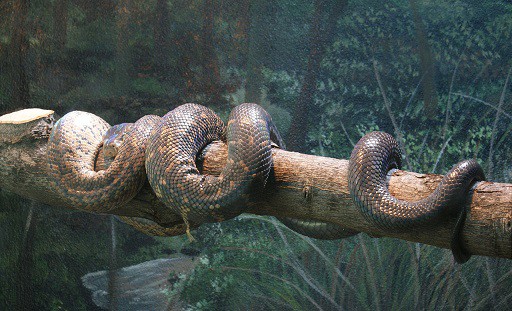
Length – 2.0 metres.
Jamaica’s resident boa is one of the shiest, a forest dweller almost exclusively. It loves closed canopy forests, sometimes bathing in natural rain pools between tightly clustered trees. They sometimes appear in banana fields right on the outskirts of forests, rustling through them for rodent meals. However, they almost never appear in open pasture land, and if they do, fearful farmers will slash them to death with machetes.
Jamaican boas are one of the longer boas, with old reports putting them at 3 metres. Their striking gold-black colours were remarked on with awe by early European explorers. Their appetite is reportedly massive; a logbook from 1725 said that some were killed with 13 or 14 rats in their bellies at once. They can slither into a rural chicken coop and grab 3 whole adults before retreating back to their forest home.
It’s estimated that Jamaican boas split from all others 11.2 million years ago. Unfortunately, their forest likings are restricting their habitat, and they now live in just 20 isolated pockets. They may be extinct on Goat island, which lies to Jamaica’s southwest.
| 3 | Cuban boa |
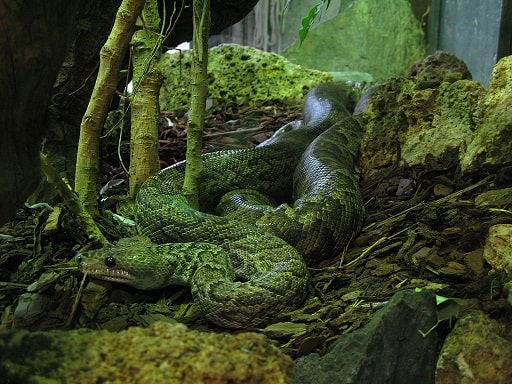
Length – up to 3 metres.
The longest boa species in the Caribbean, said to reach 6 metres in the early European exploration days. These days it averages at 2.5 metres, as farmers are said to have machete slashed all the larger ones and their genetic lineage over the centuries. Cuban boas are harmless to mankind, and mostly eat mammals for their fill. Rats and mice are on the menu, but they’re particularly attuned to the Cuban hutia.
Another crazy feature of the Cuban boa is its bat-hunting habits, shared by the Puerto Rican boa. Cuban boas will determinedly slither up to a cave, ascend the cold stone wall and hang from the entrance. When the bats activate for the evening and fly out in their thousands, the Cuban boa will swoop down and grab them. They’re also notorious for invading chicken coops and stealing the precious poultry inside.
Cuban boas also have one of the best camouflages of a Caribbean boa. Their scales are a non-flashy beige and black, with very complex patterns, which is perfect for blending into forest undergrowth.
| 4 | Turk Islands boa |
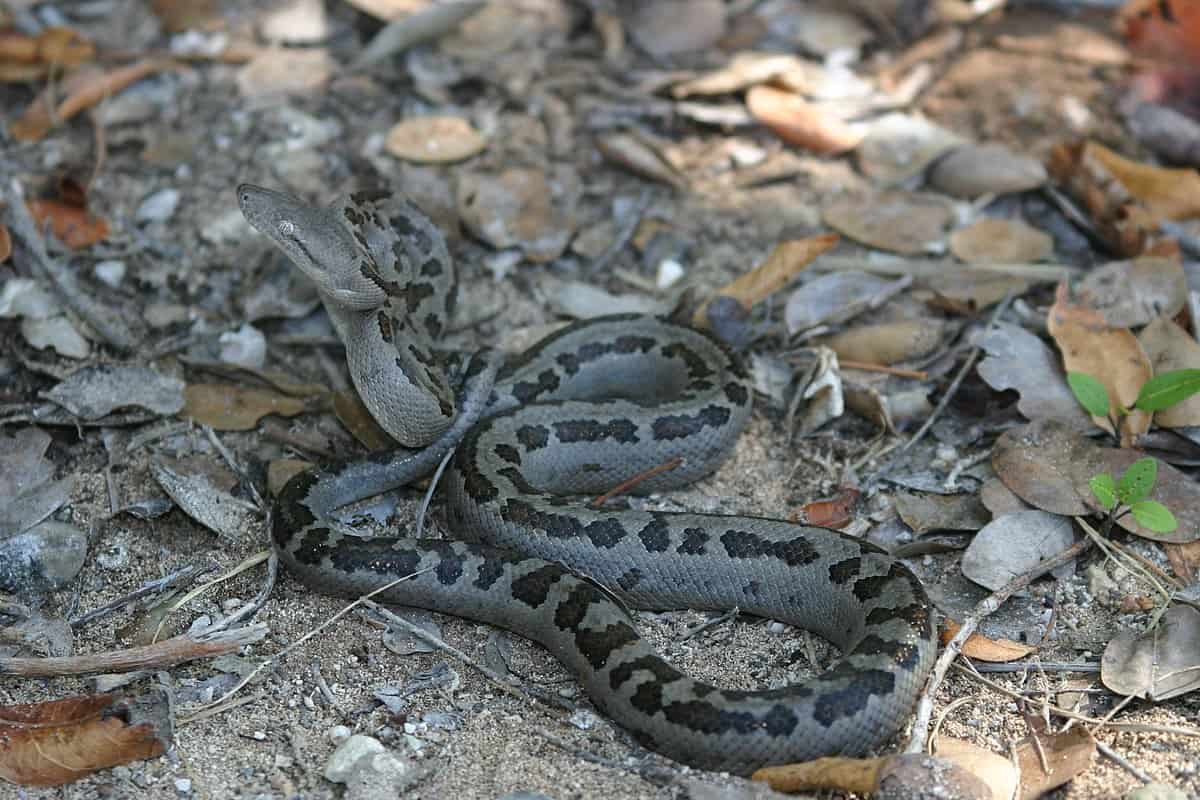
Length: 0.8-1.2 metres (can reach 1.8m).
The resident boa of the Turk and Caicos islands, and the far southern Bahamas. These islands are a small British protectorate, a tourist heavy region of sandy beaches and inner tropical roads lined with palm trees. The Turk Island boa stands out with its massive pattern variation. The steel grey colours barely vary, but some snakes have a thin black stripe on each flank, while others are blotchy.
The Turk Island boa also has a long lifespan, as some scooped up in 1993 were still thriving in 2020. They’re less tree-dwelling than most Caribbean boas, and operate at night, hiding under rocks by day. Despite a colourful cast of boa neighbours, Chilabothrus chrysogaster has been isolated in evolution for 4.1 million years, including from the nearby Bahamian boa.
The Turk Islands boa lives a charmed tropical life, but the forces of tourism development may be closing in. It has disappeared from its former stronghold of Grand Turk, and the island of Providenciala saw 20 hotels built from 1995 to 2005.
| 5 | Conception Island boa |
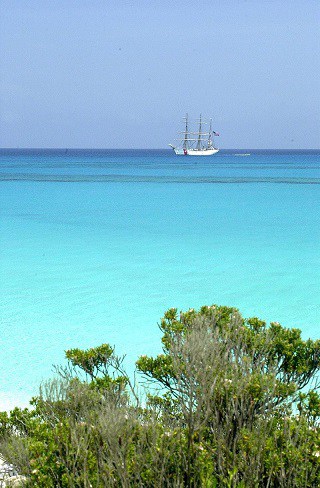
Length: 0.95-1.1 metres.
The most recently discovered boa, and the first new boa discovery for 73 years. Two silvery facts led to the name: that the boa is silver, and that the first was found in the branches of a silver palm.
The silver boa (Chilabothrus argentum) had actually been spotted in 1978, but deemed to be a Hispaniola ground boa subspecies. A 1998 study surveyed Conception Island and failed to find any, but more references appeared in 1999 and 2011. Finally, a Harvard University team ventured out and answered the question for good, finding 6 of the silvery boas. The 6th sighting slithered along a beach and across the expedition leader’s head while he slept. In October 2015 they returned, in the immediate aftermath of hurricane Joaquin. Despite the shredded trees and twisted landscapes, the team found 14 more.
The silvery boa was rapidly declared critically endangered by IUCN. There’s estimated to be 1000 left in the wild, making it one of the rarest boas on Earth. Scientists are fearful about the legions of mice, rats and cats which have invaded Conception Island, although the first two may be beneficial (they could become the fattest boa on Earth instead).
| 6 | Puerto Rican boa |
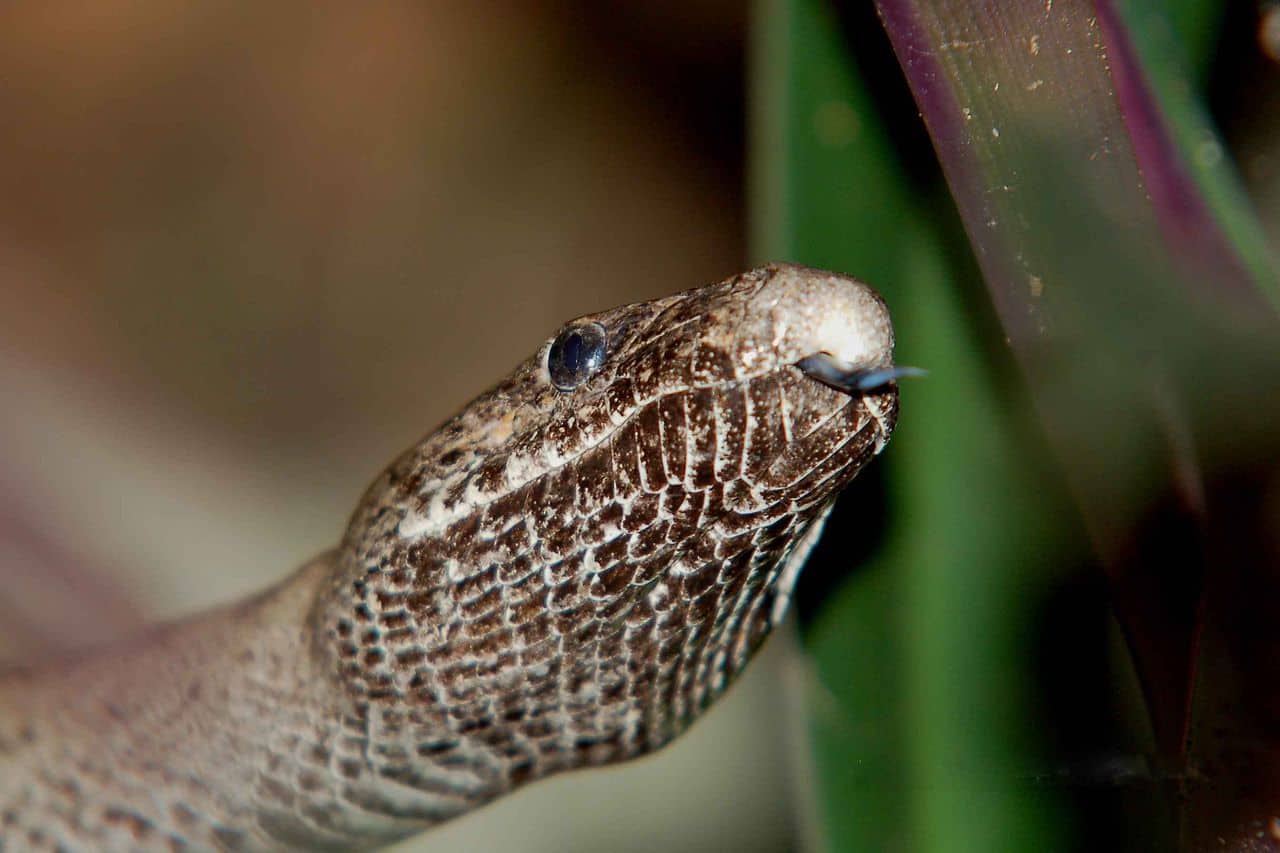
Length: 1.8-2.7 metres.
The Puerto Rican boa was one of the originators of the snake oil craze, soon to become a byword for hype-fuelled scams. After Europeans docked in the 1700s, masses of oil were exported back to Europe, probably raided by pirates or two, and maybe sunk by the odd whirlpool.
The real facts are that Puerto Rican boas are the island’s longest snake, among 11 total species. They’re very long relative to their Caribbean neighbours, ranging from 1.8 to 2.7 metres. Like all boas, they’re a constrictor rather than a venom-injector, but they prefer ambush to the prowling of the Turk Islands boa. Their diet consists of 60% mammals and 10% birds, with anoles mixed in as well. The Puerto Rico boa has the claim to fame of choosing unusually large prey.
By 1904, this boa was already said to be severely endangered. Its existence was a mere rumour, with visitors from America sometimes spotting none. Deforestation was an equally big problem, to make way for profit-sprouting sugar plantations. But in a rare success story, Puerto Rico’s forest cover has grown from 6% in the 1940s to 50% in 2010. There are signs that the Puerto Rican boa is recovering with it, although it still has a federal status of endangered.
| 7 | Abaco Island boa |
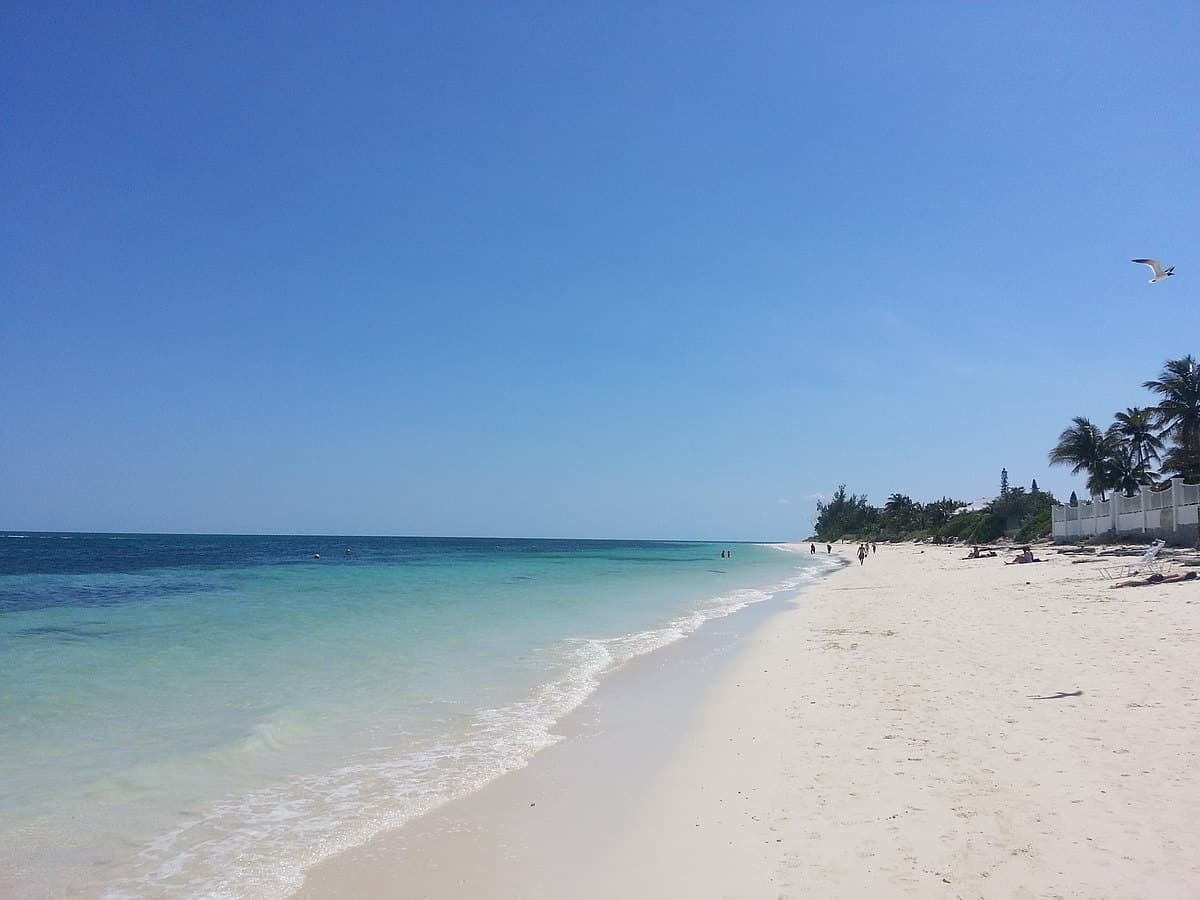
Length: 60-80cm.
The boa of the northern Bahama fringes, with the Turk Island boa inhabiting the far south. Despite their close proximity, the two species are clearly different up close. The Abaco Island boa is beige with brown eyes, while the Turk Island boa is a steely grey metallic colour, with especially sharp vertical pupils. The latter has a black line extending backwards from its eye, while the Abaco Island boa has black marks surrounding each lip.
Chilabothrus exsul is the only boa to reside on Great Abaco Island, Little Abaco Island, and Grand Bahama. They’re smaller than their southerly neighbour, reaching just 80cm. By far their favourite habitat is coppice forests, which have been reduced to 10% of their old Bahama coverage. But coastal areas are fine too, and Marsh Harbour on Abaco is one hotspot for this boa species. Sometimes, you can walk along an Abaco beach and see these small boas poking their heads out from rock holes, trying to warm themselves in the sun.
The diet of Chilabothrus exsul is fairly normal: anoles for youths and rodents for adults.
| 8 | Grenada boa |
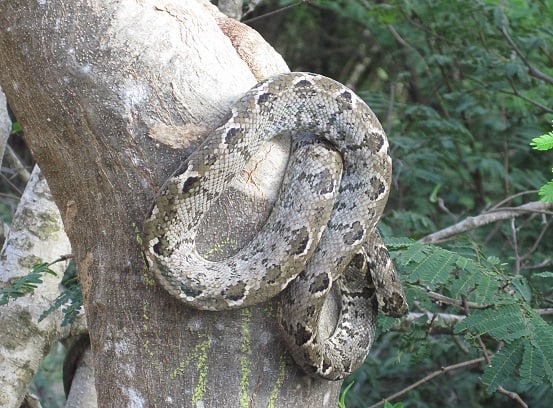
Length: 1-1.5 metres.
This is one of the thinnest boas, with a narrow head. It lives only in Grenada, including the surrounding islands like Mustique, Carriacou, Bequia, Union and Canouan. Grenada boas are closely related to Amazon tree boas and spend almost all their time in trees themselves. Precisely which tree, they couldn’t care less about. Grenada is an island of mountain peaks, with deep narrow valleys and steep ridges, covered with greenery. The Grenada boa is comfortable in native rainforests, but also agricultural trees like banana, mango, cacao, and coconut plantations.
Consequently, their numbers remain strong, estimated at 7000-8000. It’s believed that they haven’t declined at all even since Christopher Columbus’ arrival. In the 1980s, a western scientist named Henderson arrived to research the Grenada tree boa, and was able to catch 6 per hour. Grenada boas eat lizards more heavily than others boas, particularly the Grenada tree anole and Grenada bush anole, but have never once been spotted eating a gecko.
The colour of this boa varies massively. In some spots they’re yellow, complete with a light tongue and yellow irises, while those at higher attitudes are brown, with darker tongue and eyes to match.
| 9 | Bahamian boa |
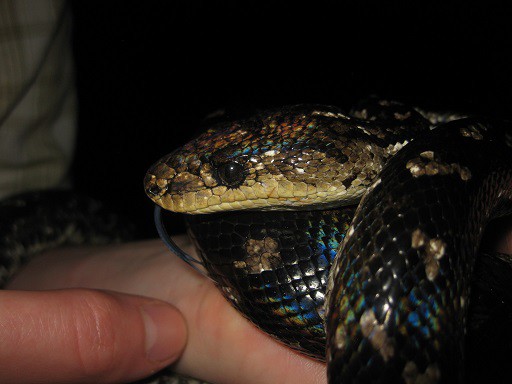
Length: 1.9-2.4 metres.
For decades, this boa was thought to be the same species as the Hispaniola ground boa, but in 2013 it ascended to official species-hood. The Bahamian boa (Chilabothrus strigilatus) is the main boa of the Bahamas. It skips the far north such as Grand Bahama and Abaco island, but inhabits many islands around the nation’s core, including Eleuthra, Long Island, New Providence and Rose Island.
Rather than staying in trees motionless for hours, the Bahamian boa is an active and alert snake which is always exploring. Their camouflage isn’t amazing, not like an Arabian sand boa, but the Bahamian boa is an expert tree climber, which coils around a thin branch and floats upwards in defiance of all known gravity laws. They’ve been seen 5 metres high in trees before, and are much more tolerant of dry conditions than the Hispaniola ground boa.
The Bahamian boa has the highest birth count of the Caribbean boa family. A 1988 batch was 53, while a 2016 batch numbered 63. Chilabothrus strigilatus is believed to be declining slightly, partly due to road crossing deaths. It’s estimated that 62 are killed on New Providence roads per year. However, their populations have held up simply by being the most common Bahama boa to start with.
| 10 | Haitian vine boa |
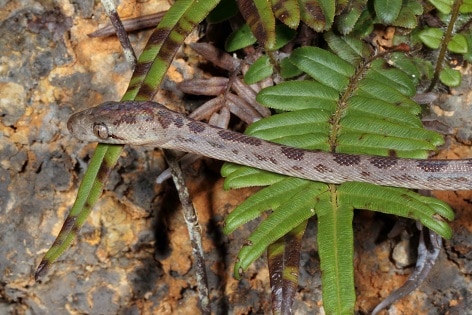
Length: 70-90cm.
Another boa living on Hispaniola, encompassing Haiti and the Dominique Republic. The vine boa is a completely different species to Chilabothrus striatus, reaching 90cm and having unusually large eyes. It’s a forest-loving snake, but particularly forests along the edges of streams. Haiti is massively deforested, but these streamside copses survive more on the edge of fields and villages, and therefore this boa has clung on.
Haitian vine boas have the most unusual diet of Caribbean boas. They’re reptile eaters which mainly eat two species of anoles: Anolis distichus and Anolis cybotes. The former reaches 8cm and has an unusually large head, while the latter is jungle green and reaches 12cm. Most young boas eat anoles, but graduate to rodents as they age (like the Grenada boa). The Haitian vine boa barely accepts rodents even in captivity; they practically have to be force fed mice.
The reason makes perfect sense: the Hispaniola ground boa they coexist with almost exclusively eats rodents, so the Haitian vine boa (Chilabothrus gracilis) has moved into the reptile niche. Is there room for two boas in one town? There is – if they make a solemn vow not to compete with each other.
